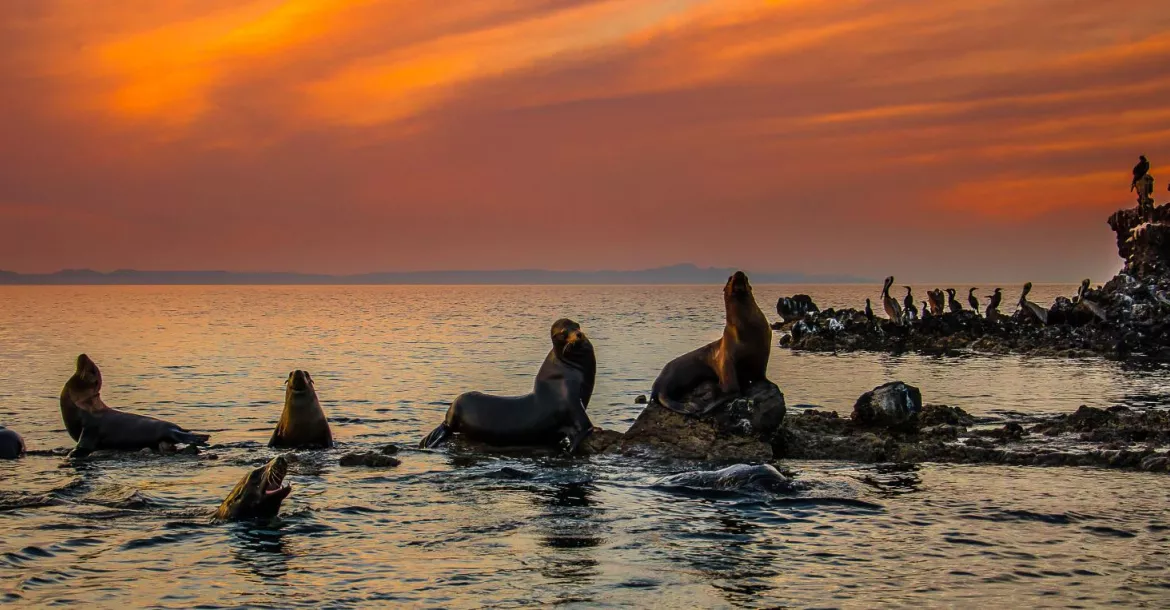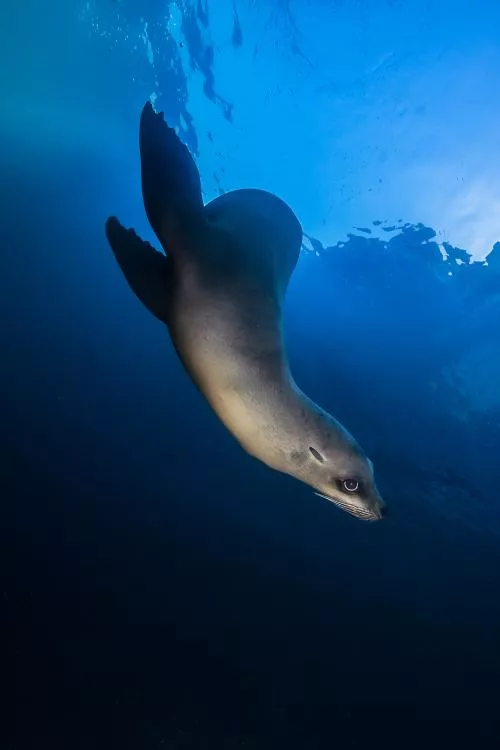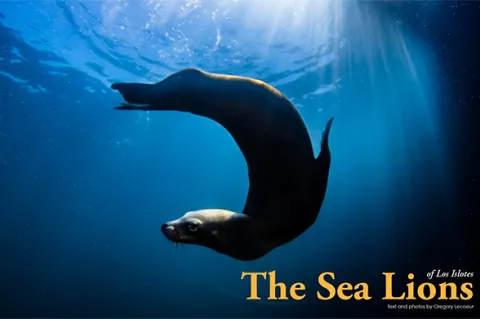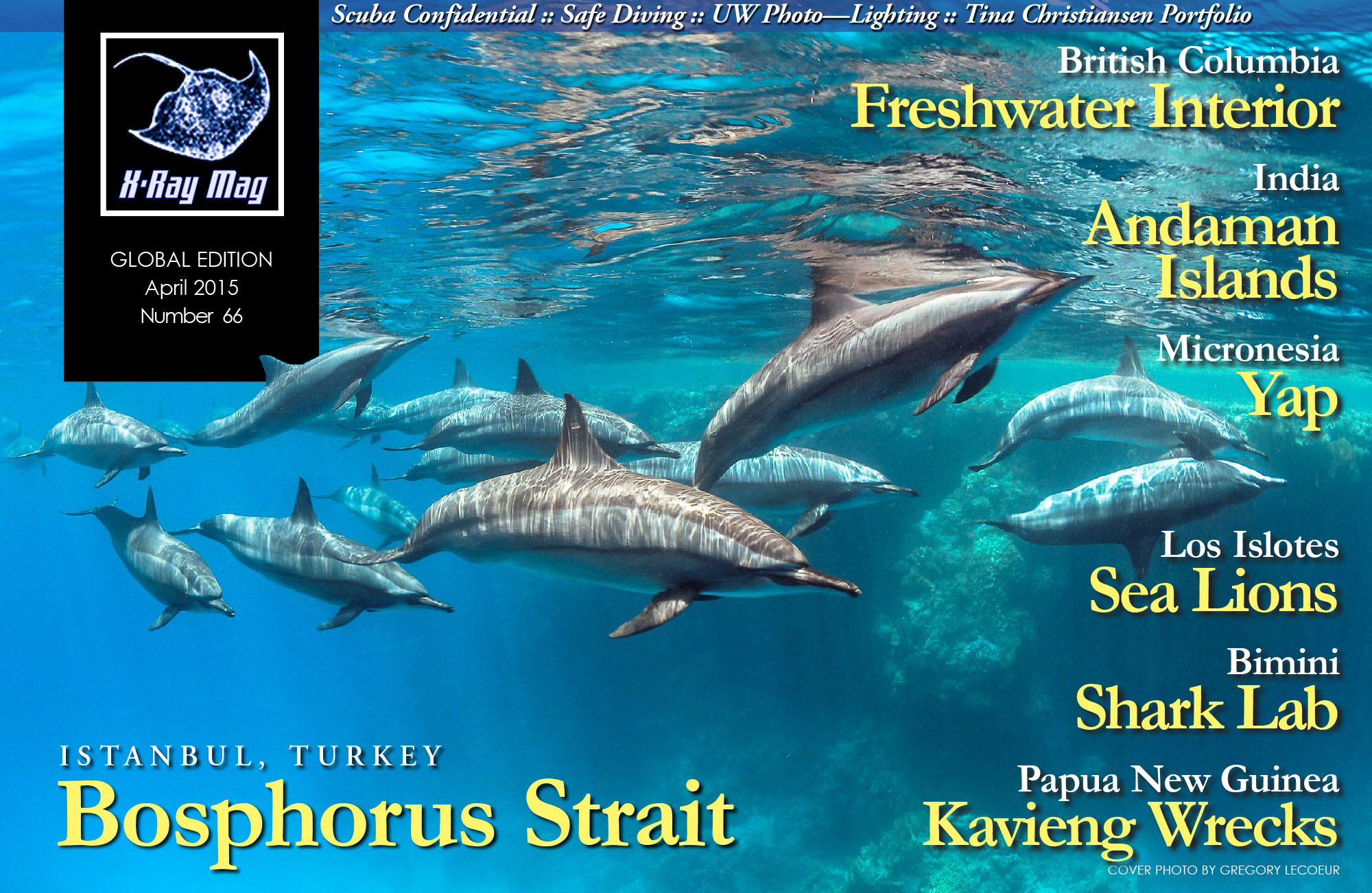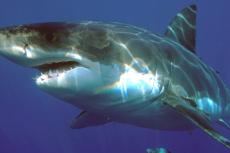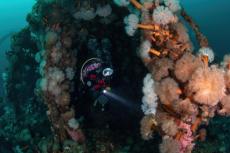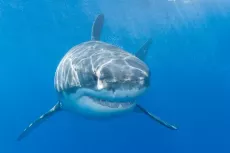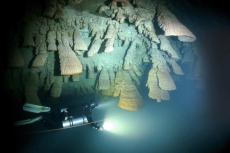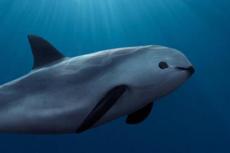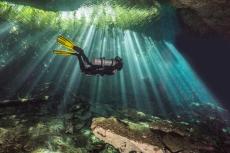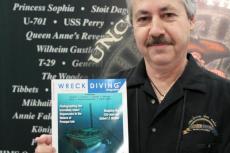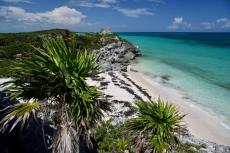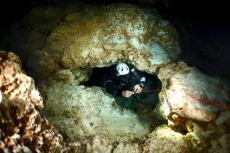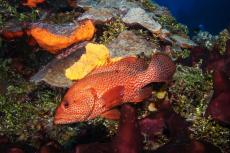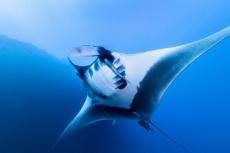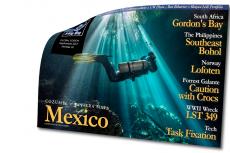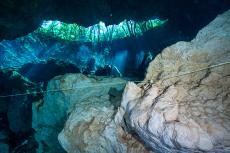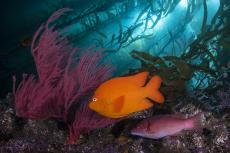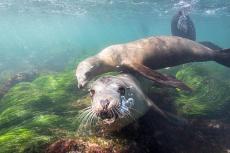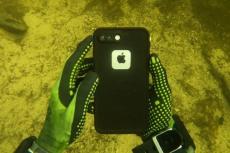Underwater photographer Gregory Lecoeur journeys to Los Islotes off the coast of Baha, Mexico, in the Sea of Cortez, which is home to a colony of California sea lions.
Contributed by
Factfile
Gregory Lecoeur is a widely published, award-winning underwater photographer and dive writer based in France. For more information, visit: www.greglecoeur.com.
In between the Pacific Ocean and the Sea of Cortez [ed.—also known as the Gulf of California], the Mexican peninsula of Baja California takes shape. Located at the mouth of the Sea of Cortez, its capital, the quiet town of La Paz, offers a vast biodiversity and exceptional landscapes. Nicknamed by Jacques Yves Cousteau as "the world’s biggest aquarium", the Sea of Cortez is conducive to many exceptional encounters depending on the season: hammerhead sharks, whale sharks, giant manta rays, mobula rays, sea turtles, dolphins, California sea lions, as well as many marine mammals such as blue fin whales, humpback whales, gray whales and even killer whales.
Ranked by UNESCO as a Biosphere and World Heritage Site for its biodiversity and unique natural landscapes, Espiritu Santo's Island is just a few nautical miles from La Paz. It is well known for its colony of California sea lions living at a neighboring island further north called Los Islotes.
To get there, it is a 45-minute trip on a "panga" [ed.—a small fishing boat with an upswept bow and outboard motor commonly used by the locals]. The journey was surprisingly short as there were so many things to see: an escort of dolphins, breaching whales, turtles taking a breath at the surface, frigate birds, cormorants, blue-footed boobies and pelicans chasing the boat. Still, the most exciting part remained, as we watched mobula rays flying above the surface, greeting us with a few leaps!
Approaching Los Islotes, we on the boat were amazed at the skill of navigation required, when a strong odor and noise attracted our attention. No doubt, we had arrived! A colony of no less than 300 pinnipeds could not be but unnoticed. Many basked in the sun, while others socialized. As for the males, they barked in order to assert their territory and protect their harem.
Accustomed to seeing tourists disembark, adult sea lions paid no attention to our boat, unlike the little ones, full of curiosity. They circled around the small panga, tied at the mooring. It was time to attend the pre-dive briefing and safety rules before putting on our equipment and submerging into the blue.
Diving with sea lions
Once in the turquoise water, a quick round of observation was required to get oriented. Very curious and mischievous, the young sea lions were like puppies. They started swimming around us. Then they quickly became friendly to us divers and showed a keen interest in our equipment. Once confident, they nibbled our palms, tried to grab the straps of our masks, played with the elasticity of our neoprene suits or softly chewed the tips of our fingers.
Although they might appear clumsy on land, sea lions are great swimmers and amazing acrobats. Extremely sharp and agile, it is not rare to have the privilege of attending a graceful ballet between several youngsters playing in shoals of thousands of anchovies, or see them having fun with everything that arouses their curiosity—like the poor porcupinefish (pictured) which had a hard time escaping. Although the sea lion delicately and carefully handled this fish with poisonous spines, it became the object of a game like a dog would play with a ball.
All around the tiny island, diving was captivating. Guided by the sea lions, we moved along the coral reefs and drop-offs overflowing with life. It was not uncommon to see a few cormorants diving into the sea, chasing anchovies several meters deep.
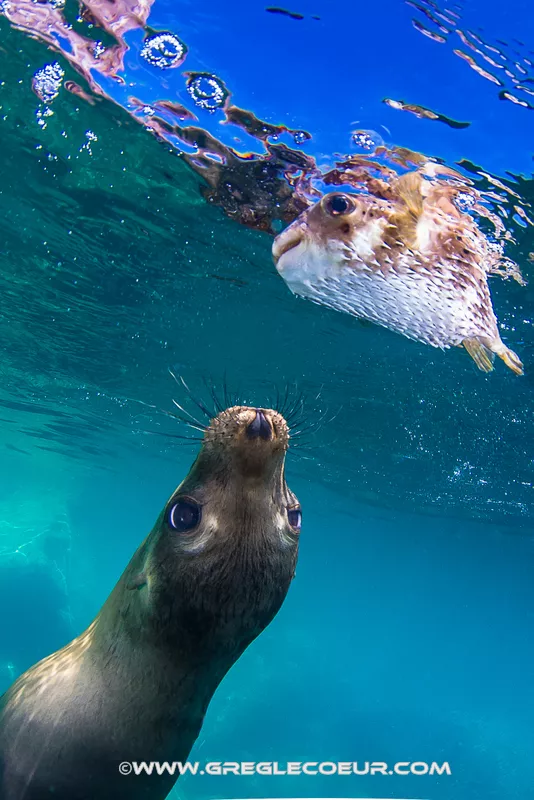
Precautions
Although pleasantly surprised by this natural bond between the sea lions and divers, we must not forget that they are are wild animals in a wild environment. Keep in mind that a bite can inflict enormous damage on humans, and the risk is even more critical during periods of reproduction, when adult males are very territorial and aggressive.
Therefore, it is essential to follow the safety rules and codes of conduct in order to have the correct behavior. For this, it is essential to have an expert guide, able to properly supervise the divers. In addition to the safety instructions for diving and snorkeling, here are some important rules to respect while interacting with sea lions:
• Do not climb on the rocks. You will cause stress to the animals who might show aggressive behavior in return, and you will be seen as an intruder, especially during the breeding season (which occurs in the month of May). During this time, there is an inherent risk of being attacked by a "macho" male sea lion, filled with adrenaline.
• Stay away from the rocks and try to arouse the curiosity of females and young sea lions as they swim around you, leaving territorial macho male sea lions at a good distance.
• Sea lions are wild animals, so it is not permitted to touch them, feed them or behave disrespectfully. (Imagine you are walking down the street and a group of strangers start to tamper with you!)
The dive site is ideally suited for beginners and experienced divers but also for non-divers. It is strongly recommended that videographers and photographers recharge their camera and strobe batteries completely before heading out, as there are so many things to do and see throughout the day. This is also a great site to practice apnea, or freediving, with the marine life. ■
Published in
-
X-Ray Mag #66
- Läs mer om X-Ray Mag #66
- Log in to post comments

